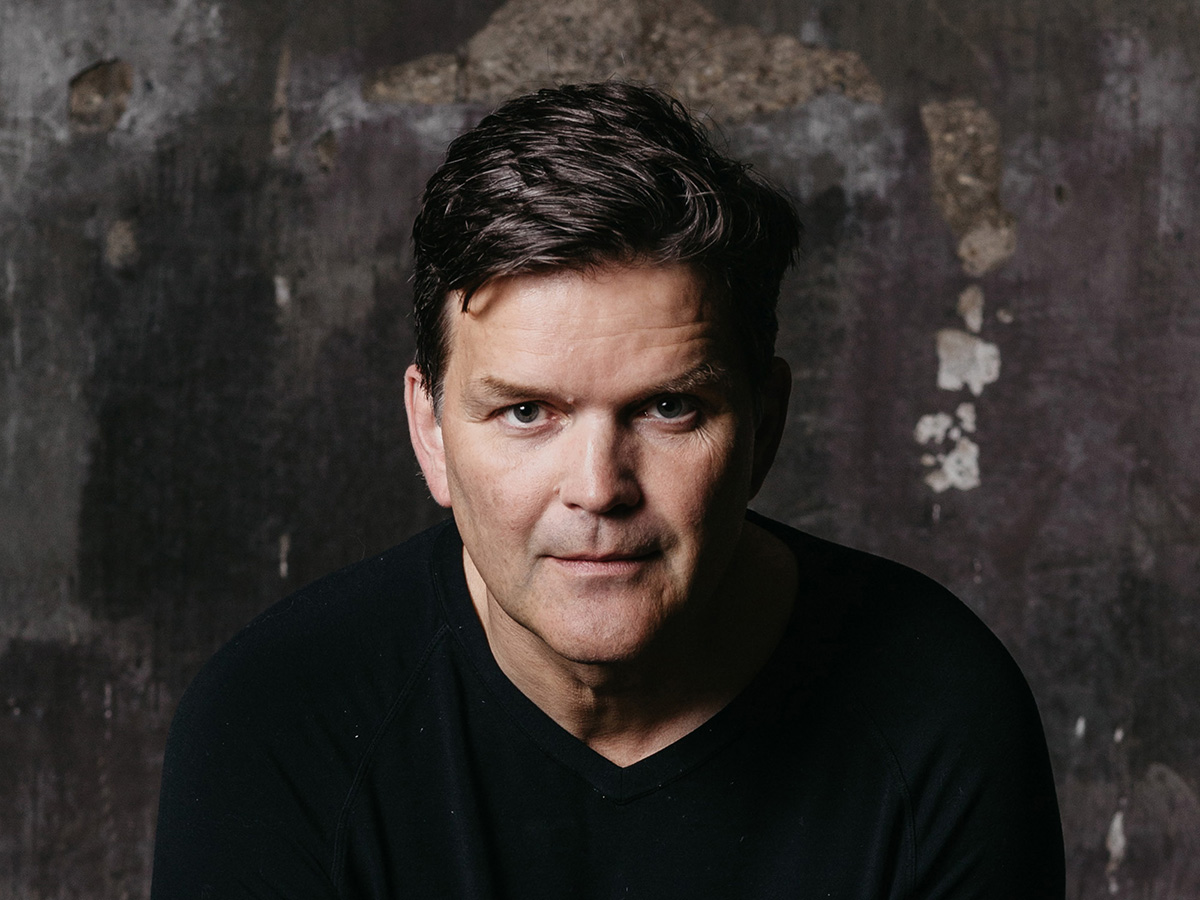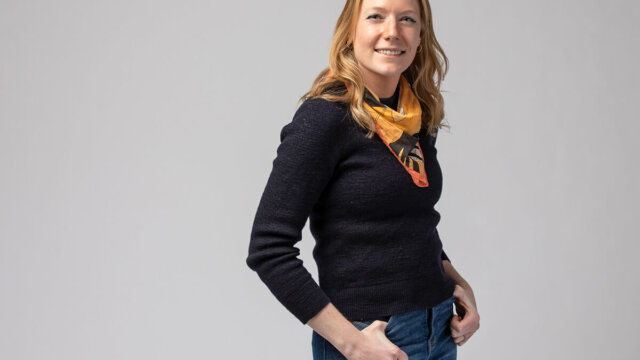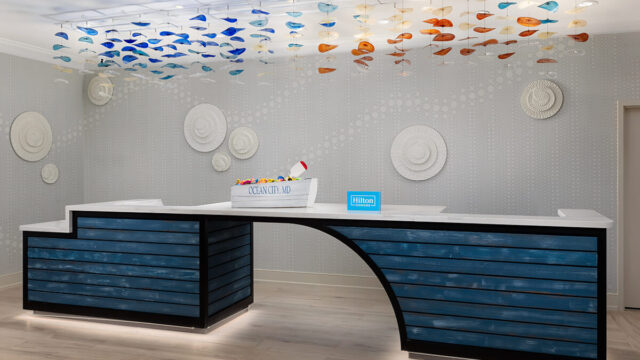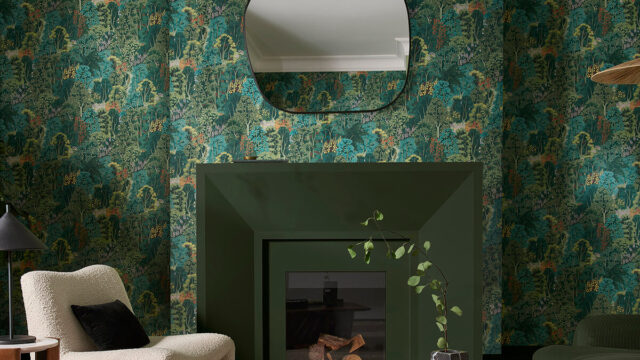Looking back at the 2010s, designers have adjusted to the needs of younger guests and those coming of age. Millennials have excited hotel design with new expectations, wanderlust and opportunities. Here, design leaders walked InspireDesign through some of the ways the millennial mindset has influenced hotel design in the past decade:
Millennials and the millennial mindset came to the forefront during this decade. How did they inspire hotel design?

“Millennials are defined by their social media prowess and by the instant gratification found by sharing visuals and experiences,” said Lesley Hughes-Wyman, co-founder/principal, MatchLine Design Group. “Today, so many properties want to incorporate ‘selfie spots’ that are unique to the property—everyone wants to see and to be seen. This idea is not just a millennial-owned concept; we’re seeing all generations are becoming more engaged with public areas in hotels and enjoy having a mix of semi-private spaces and communal dining spaces. For many of our projects, we’ve integrated smaller, foodie-style dining areas versus larger restaurants.”
David Shove-Brown, co-founder/principal, //3877, weighed in about some of the things hotels got wrong when it came to millennials—while also accommodating Gen Z—especially in understanding their design needs.

“As for the millennial mindset—many owners and developers didn’t understand what the ‘millennial need’ was—how this generation is going to transition with Gen Z, and how they’re going to use the hotel,” Shove-Brown said. “Those who did understand this figured out rather quickly that millennials aren’t just about high-tech and power. Yes, they want their devices charged, but they’re also looking to share and document these experiences. It’s not just about USB ports in chairs and tables. We had to design for the millennial mentality—they’re simply looking to live, share and document their experiences.”
Design leaders also reflected on how the millennial mindset influences specific trends, notably, the move toward more residential-inspired spaces.

“Everyone wants a unique travel experience—regardless of generation,” said Keiko Matsumoto, design director, F&B, Wilson Associates’ New York Studio. “The latest design trends are influenced by the ‘millennial mindset,’ which focuses more on evoking a personalized, residential-inspired look in hotels. This movement has seen a shift toward design elements that offer the comforts of home while also delivering a bespoke concept influenced by the location of the property.”
Instagram also launched at the beginning of this decade. How did this visual and design-friendly platform impact how designers curated hotel interiors in the past decade?
“I think what has happened is that the hospitality design industry went a bit extreme at the beginning of the decade—we’re starting to pull back to sanity now,” Shove-Brown said. “It went from designing a hotel for a curated aesthetic that millennials would approve of, to ‘we have to plug in Instagrammable moments’ to help guide people to take pictures here and there. What we have realized now is that people will take photos anywhere—both the good and the bad. Now that we’ve come back to reality, it’s all about asking the question of ‘how do you create an interesting space that also allows for flexibility where people have a variety of experiences?'”
Although Instagram and other social media platforms have added fuel to the fire, others noted that the thirst for travel and new experiences is inherent in these younger generations. And, while hoteliers and designers may have to play catch up and design for new mindsets, opportunities continue to arise.

“I think what makes millennials significant is they have been exposed through the internet to a global economy since they were born,” said Dwayne MacEwen, principal/creative director, DMAC Architecture. “Wanderlust comes naturally to them. For the hotel and design industry, that has been both a challenge and a gift. With the success of Airbnb and Vrbo over the last decade, major hotel brands have had to up their game with immersive design. Given the clientele, it’s our responsibility to deliver more relevant experiences, where people want to go and be seen. They want to capture these moments on Instagram to influence others, and to help them experience what they are seeing, making their followers feel more involved. I also think fitness-minded millennials on the platform have influenced the call for more wellness in design, particularly in hotels and the workplace. The blurring of work/life has made health and wellness more essential in our designs. This is exciting news for all of us.”




